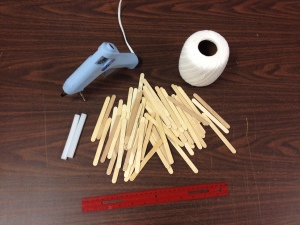 by: Tami O’Connor
by: Tami O’Connor
As an elementary and middle school teacher and Girl Scout leader, I had a bag of tricks that I dug into frequently… One of my favorites was the gyrocopter. I always kept a template in my files and when teaching about air, friction, forces symmetry or flight, out it came. It was simple enough for kindergarten students to build, yet complex enough to hold the attention of eighth graders as we discussed principles of drag, the characteristics of flight or even just isolating variables in an experiment.
Nearly 400 years before the invention of the helicopter, Leonardo da Vinci sketched out a machine designed to compress air in order to obtain flight. When Igor Sikorsky designed the first successful helicopter in the late 1930’s, da Vinci’s spinning wing was his inspiration.
Today, you can easily build gyrocopters with your students to explore different designs and variables.
How Does a Gyrocopter Work?
Read the rest of this entry »
 by: Ken Byrne
by: Ken Byrne


 Posted by Tami O'Connor
Posted by Tami O'Connor  by Tami O’Connor
by Tami O’Connor by: Evan Jones
by: Evan Jones
